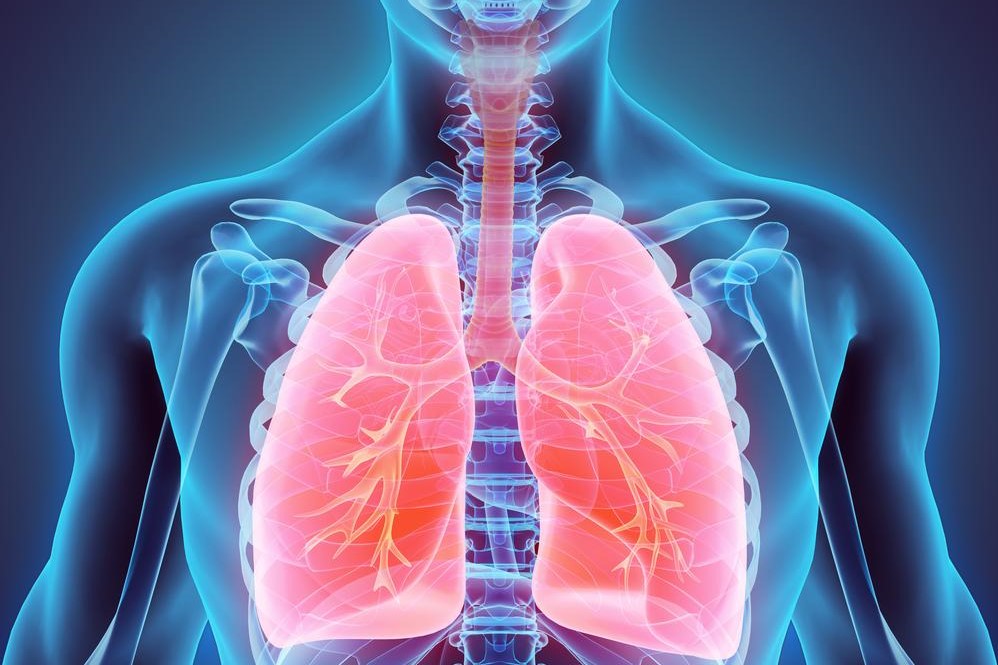Early Detection and Recognizing Symptoms of Lung Cancer: A Comprehensive Guide
This comprehensive guide highlights the importance of recognizing early signs and symptoms of lung cancer. It covers initial indicators like persistent cough and chest pain, advanced symptoms, and paraneoplastic syndromes. Early detection is vital for effective treatment and improved survival rates. The article discusses diagnostic challenges and emphasizes timely medical evaluation. Understanding these warning signs can significantly influence outcomes, helping patients seek prompt care. Whether choosing aggressive treatment or palliative care, comprehensive management focused on symptom relief remains essential for lung cancer patients, underscoring the importance of awareness and early diagnosis.

Understanding the Early Warning Signs and Symptoms of Lung Cancer
Lung cancer remains one of the most prevalent and potentially deadly cancers worldwide. Its insidious nature lies in its tendency to develop silently, often showing no noticeable symptoms until it advances significantly or begins to metastasize to other parts of the body. This delayed presentation hampers timely diagnosis and treatment, making early detection crucial for improving survival rates.
Many patients only realize they have lung cancer when symptoms become severe or when complications arise. The challenge is compounded by the fact that early symptoms are often non-specific and can be mistaken for other respiratory conditions, leading to delays in diagnosis. Unfortunately, approximately one-third of lung cancer cases are diagnosed only after the cancer has metastasized, which drastically reduces the chances of effective treatment and worsens prognosis.

When diagnosed at later stages, treatment options become limited, often focusing on palliation rather than cure. Patients might opt for supportive care aimed at alleviating symptoms rather than aggressive treatments like surgery, chemotherapy, or radiation, which are more effective in early stages. Palliative care emphasizes pain management and quality of life, helping patients cope with the disease's symptoms during terminal phases.
Interestingly, some research indicates that patients who choose palliative care alone may sometimes experience longer survival times than those undergoing aggressive treatments. However, the decision between pursuing curative versus palliative care is highly individual and depends on factors such as cancer stage, patient's overall health, and personal preferences. Regardless of treatment choices, managing pain and symptom relief remain vital components of lung cancer care.
Recognizing the early symptoms of lung cancer is vital for prompt diagnosis:
Persistent cough that does not go away
Unexplained chest pain or discomfort
Blood in sputum or cough-associated hemoptysis
Shortness of breath or wheezing
Hoarseness or voice changes
Unusual fatigue or weakness
Recurrent respiratory infections, like bronchitis or pneumonia
Wheezing sounds or reduced airflow
As lung cancer progresses, more pronounced symptoms may develop:
Persistent bone pain or fractures
Persistent headaches or neurological symptoms
Numbness or weakness in limbs
Dizziness or balance issues
Jaundice or yellowing of the skin and eyes
It is critical to recognize that many of these symptoms are not exclusive to lung cancer and can occur in other illnesses. Therefore, individuals experiencing such signs should seek immediate medical evaluation for accurate diagnosis and timely intervention.
In addition to common symptoms, lung cancer can give rise to several paraneoplastic syndromes — conditions caused by tumor-produced hormones or substances affecting other parts of the body. These syndromes might include Horner syndrome, which occurs when a tumor presses on sympathetic nerves, leading to drooping eyelids, constricted pupils, and decreased sweating on the affected side of the face. Superior vena cava syndrome results from tumor compression of the superior vena cava, leading to swelling of the face, neck, and arms, along with headaches and dizziness due to impaired blood flow.
Another notable condition is paraneoplastic syndrome, where tumor secretions disrupt normal hormonal balances, causing a range of issues such as elevated calcium levels (hypercalcemia), abnormal bone formation, or blood clots. Recognizing these syndromes is crucial because they can be the first signs pointing towards an underlying lung tumor, often before the primary tumor is detected. As such, early diagnosis requires careful clinical assessment and appropriate diagnostic testing.





